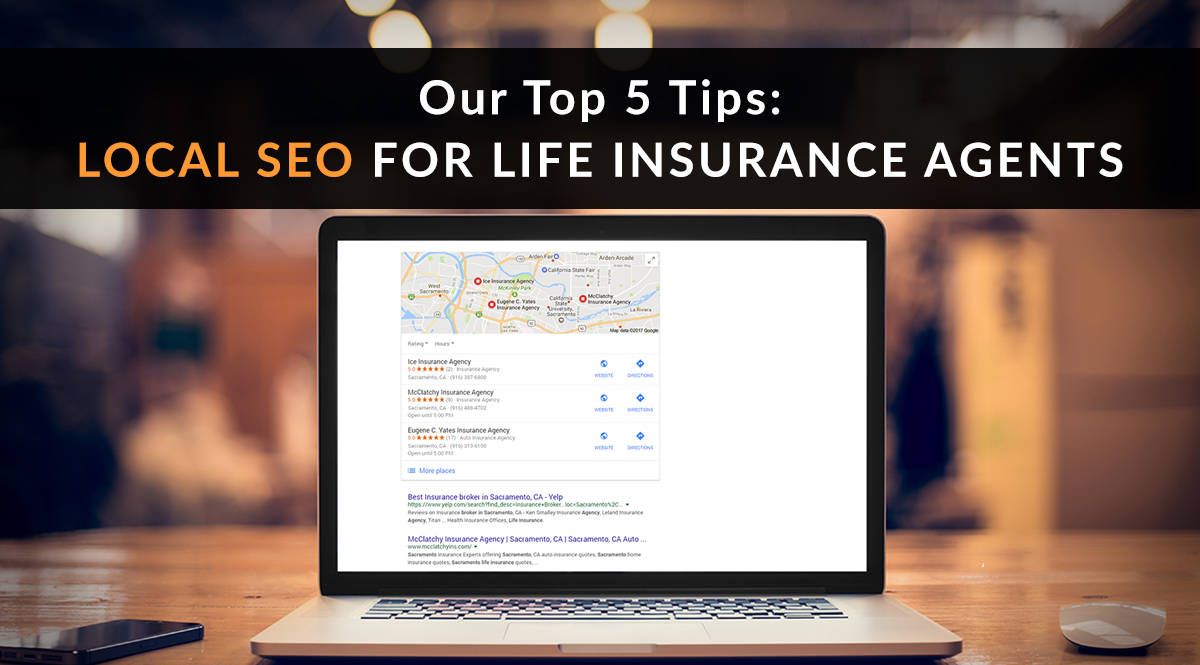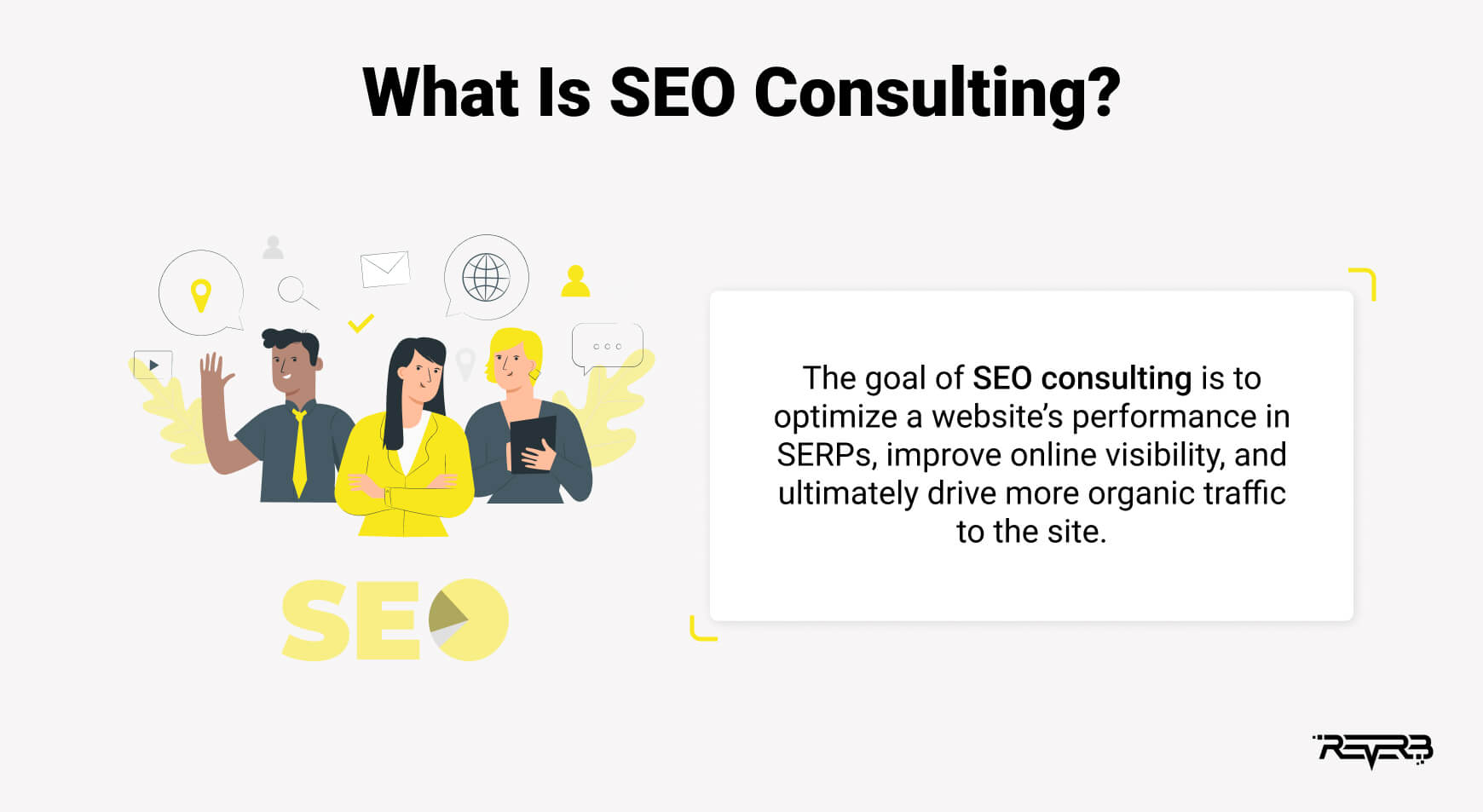Being Sued for a Car Accident That Wasn’t Your Fault
Being sued for a car accident that wasn’t your fault can be a stressful and confusing experience. You may be wondering what your rights are, what you need to do, and how you can protect yourself. This article will provide you with some basic information about what to do if you are sued for a car accident that wasn’t your fault.
What to Do If You Are Sued for a Car Accident
1. Contact Your Insurance Company
The first thing you should do if you are sued for a car accident is to contact your insurance company. Your insurance company will be able to provide you with legal representation and help you navigate the legal process. It is important to contact your insurance company as soon as possible after being sued so that they can begin investigating the accident and preparing your defense. Also, you will want to check with your auto insurance provider to make certain that they will represent you in this matter.
2. Gather Evidence
After you have contacted your insurance company, you should begin gathering evidence to support your case. This evidence may include:
- The police report from the accident
- Witness statements
- Photographs of the accident scene
- Medical records
- Evidence of the other driver’s negligence
The more evidence you gather, the stronger your case will be.
3. File a Response to the Lawsuit
Once you have gathered evidence, you need to file a response to the lawsuit. The response to the lawsuit will state your defenses to the claims being made against you. The response must be filed within a certain amount of time after you are served with the lawsuit. The rules about when a response is due vary from state to state, so it’s important to speak with your attorney about applicable local rules.
4. Participate in Discovery
After the lawsuit has been filed, both sides will participate in discovery. Discovery is the process of exchanging information between the parties. This information may include interrogatories, requests for production of documents, and depositions (which are out-of-court question-and-answer sessions under oath). Discovery can be a lengthy process, but it is important to participate fully in order to build your case.
5. Go to Trial
If the case cannot be resolved through settlement, it will go to trial. At trial, both sides will present their evidence and arguments to a judge or jury. The judge or jury will then decide who is liable for the accident and what damages should be awarded.
The process of being sued for a car accident that wasn’t your fault can be complex, so it is always best to consult with an attorney to get legal advice about your specific situation.
Being Sued for a Car Accident That Wasn’t My Fault: A Guide to Navigating the Legalities
If you’re in the unfortunate position of being sued for a car accident that wasn’t your fault, it can be a stressful and confusing time. Understanding the legal process and your rights is crucial in navigating this situation effectively. Let’s delve into the key aspects you need to know.
Understanding the Legal Process
1. Determine Fault and Liability:
The first step is to determine who is at fault for the accident. This will be based on evidence, such as police reports, witness statements, and medical records. If the other party is found to be at fault, they will typically be held liable for damages.
2. File a Counterclaim or Defense:
If you believe you are not at fault, you have the right to file a counterclaim or defense. This involves presenting证据 to support your innocence and arguing why you should not be held liable. You should consult with an attorney to help you navigate this process.
3. Gather Evidence and Witnesses:
Documenting the accident and gathering evidence is essential. This may include obtaining a police report, taking photographs of the damage, and collecting witness statements. These materials will support your case and help prove your innocence.
4. Negotiate a Settlement:
In some cases, it may be possible to negotiate a settlement with the other party. This involves reaching an agreement on the amount of compensation you will receive for your injuries and damages. However, it’s important to carefully consider the terms of the settlement before agreeing.
5. Go to Trial:
If negotiations fail, your case may proceed to trial. This will involve presenting your evidence and arguments before a judge or jury. The outcome of the trial will determine whether you are liable for damages.
Don’t Panic! Know Your Rights:
Being sued can be overwhelming, but it’s important to remember that you have rights. Consult with an attorney who specializes in car accident cases to understand your options and protect your interests. Remember, you have the right to defend yourself and provide evidence to support your innocence.
Being Sued for a Car Accident That Wasn’t My Fault?
Receiving a lawsuit after a car accident that wasn’t your fault can be a jarring and stressful experience. However, it is crucial to remain calm and take proactive steps to protect your rights. The legal process can be complex, so it’s essential to gather evidence and build a strong case to support your innocence.
Gather Evidence
After a car accident, it’s paramount to document every detail. Collect all relevant documents, such as the police report, insurance information, and medical records. These documents will serve as the foundation of your case. Obtain witness statements from individuals who observed the accident and can corroborate your account. Take photographs of the vehicles involved, the accident scene, and any visible injuries.
Build a Strong Defense
Constructing a robust defense involves understanding the claims made against you and preparing evidence to refute them. Review the complaint thoroughly to identify the specific allegations. Determine if the other driver’s claims are supported by facts or are based on speculation or hearsay. Counter each claim with evidence and witness testimony. If necessary, consider hiring an attorney to guide you through the legal process and represent your interests.
Prove Negligence
In most car accident cases, negligence is the central issue. To establish negligence, the plaintiff must demonstrate that you breached a duty of care, which resulted in their injuries or damages. Contest the plaintiff’s claims by providing evidence that you acted reasonably and did not violate any traffic laws or regulations. Present witness testimony to corroborate your account of the accident and demonstrate that the other driver’s actions were the proximate cause of the collision.
Prepare for Trial
If negotiations and settlement attempts fail, the case may proceed to trial. Trial preparation involves organizing your evidence, preparing witnesses, and practicing your testimony. It’s crucial to present a clear and concise account of the accident to the judge or jury. Stay calm and confident during cross-examination, and be prepared to answer questions about your actions and the evidence.
Protect Your Rights
Remember, you have rights even if you are being sued for a car accident that wasn’t your fault. Gather evidence, build a strong defense, and prepare for trial. By taking these steps, you can protect your interests and ensure that justice prevails.
Being Sued for a Car Accident That Wasn’t Your Fault: A Comprehensive Guide to Protecting Your Rights
If you’re facing a lawsuit for a car accident that wasn’t your fault, you may be feeling overwhelmed and uncertain of what to do next. Don’t worry, you’re not alone. Hundreds of thousands of people find themselves in this situation every year. The key is to stay calm and take the necessary steps to protect your rights. Here’s a comprehensive guide to help you navigate this challenging process:
Understanding Your Legal Rights
The first step is to understand your legal rights and options. In general, you have the right to defend yourself against the lawsuit and to seek compensation for any damages you’ve suffered as a result of the accident. It’s important to remember that even if the accident wasn’t your fault, you may still be held liable for some of the damages. This is why it’s crucial to have a clear understanding of your legal rights and responsibilities.
Gathering Evidence
One of the most important things you can do to defend yourself against a lawsuit is to gather as much evidence as possible to support your case. This can include things like police reports, witness statements, medical records, and photographs of the accident scene. The more evidence you have, the stronger your case will be.
Contacting Your Insurance Company
Your insurance company can be a valuable resource in this situation. They can provide you with legal counsel, help you gather evidence, and negotiate with the other party’s insurance company. It’s important to contact your insurance company as soon as possible after the accident to let them know what happened.
Hiring a Lawyer
If you’re facing a lawsuit, it’s wise to seek legal counsel to guide you through the complex legal system. A lawyer can help you understand your rights, build a strong defense, and negotiate a fair settlement. While it may cost some money to hire a lawyer, it’s often worth it in the long run. A good lawyer can help you get the compensation you deserve and protect your rights.
Going to Trial
If you’re unable to reach a settlement with the other party’s insurance company, you may have to go to trial. This can be a long and stressful process, but it’s important to remember that you have the right to a fair trial. If you go to trial, you’ll need to present evidence to support your case and convince the jury that you’re not liable for the accident.
Conclusion
Being sued for a car accident that wasn’t your fault can be a daunting experience. However, by following these tips, you can protect your rights and get the compensation you deserve. Remember to stay calm, gather evidence, contact your insurance company, hire a lawyer if necessary, and don’t be afraid to go to trial if you have to. With the right preparation and support, you can overcome this challenge and move on with your life.
Being Sued for a Car Accident That Wasn’t Your Fault? Here’s What You Need to Know
Getting served with a lawsuit can be a scary experience, especially if you’re being sued for a car accident that wasn’t your fault. However strange it may seem, you are not alone! Many people find themselves in this situation every year, which is why we’ve put together this guide to help you fight back.
Preparing for Court
If you’re being sued for a car accident that wasn’t your fault, the first thing you need to do is prepare for court. This means understanding the legal process and organizing your evidence effectively. You’ll need to gather all of the evidence that you have to support your case, such as the police report, witness statements, and medical records. You’ll also need to research the law and find out what your rights are.
Negotiating with the Insurance Company
In many cases, you’ll be able to negotiate with the insurance company to settle your case without going to court. There are a number of resources and articles on the internet to guide you on how to negotiate with an insurance company. This can be a good option if you’re able to get a fair settlement offer. However, if you’re not able to reach a settlement, you may need to go to court.
Going to Court
If you’re not able to settle your case with the insurance company, you’ll need to go to court. This can be a daunting process, but it’s important to remember that you have rights. You’ll need to present your evidence to the court and argue your case. Depending on the complexity of your cases, an attorney will be able to guide you and help you get the desired outcome.
Winning Your Case
If you’re able to prove that you were not at fault for the accident, you may be able to win your case. This will mean the court will rule that you are not liable for the damages that the other driver is claiming. You may also be awarded damages for your own injuries or losses.
Winning a car accident case can be a long and difficult process, but it’s possible to do it if you’re prepared. By following these tips, you can increase your chances of success.
Being Sued for a Car Accident That Wasn’t Your Fault: Navigating the Legal Maze
Getting served with a lawsuit for a car accident that wasn’t your fault can be a nerve-wracking experience. Questions and concerns race through your mind: How do I respond? What are the potential consequences?
This comprehensive guide will empower you with the information and strategies you need to navigate this challenging legal situation effectively. Let’s delve into the intricacies of being sued for a car accident that wasn’t your fault and explore the steps you can take to protect your rights.
Financial Considerations
A lawsuit can have significant financial implications, including legal fees and settlement costs. It’s essential to be prepared for these expenses and explore all possible options to minimize your financial burden. Consider seeking legal advice from an experienced attorney who can evaluate your case, negotiate on your behalf, and help you navigate the legal process.
In some cases, you may be able to recover damages from the other party’s insurance company, even if you’re not found at fault. It’s important to gather as much evidence as possible, such as witness statements, police reports, and medical records, to support your claim.
Emotional Impact
Beyond the financial implications, being sued for a car accident can also take an emotional toll. It can damage your reputation, disrupt your daily routine, and cause stress and anxiety. It’s crucial to prioritize your mental health during this challenging time.
Consider seeking support from family, friends, or a therapist to cope with the emotional consequences of the lawsuit. Remember that you’re not alone and there are resources available to help you navigate this difficult experience.
Preserving Your Rights
It’s imperative that you respond to the lawsuit promptly and preserve your rights. Failure to do so can result in a default judgment being issued against you. Seek legal advice from an experienced attorney to understand your legal options and develop a robust defense strategy.
Keep all documentation related to the accident, including police reports, medical records, and insurance information, organized and easily accessible. These documents will be crucial in supporting your case and demonstrating that you weren’t at fault for the accident.
Negotiating a Settlement vs. Going to Trial
Depending on the circumstances of your case, you may have the option to negotiate a settlement with the other party’s insurance company or go to trial. Each path has its own set of advantages and disadvantages.
Consult with your attorney to determine the best course of action for your specific situation. They can evaluate the strengths and weaknesses of your case, advise you on your settlement options, and prepare you for the possibility of going to trial.
Being Sued for a Car Accident That Wasn’t My Fault
Being sued for a car accident that wasn’t your fault can be a stressful and confusing experience. You may be wondering what to do next and how to protect your rights. Here are some things you should know:
Contact Your Insurance Company
The first thing you should do is contact your insurance company. They will be able to provide you with guidance and support throughout the process. Your insurance company will also be able to help you file a claim and negotiate with the other driver’s insurance company.
Gather Evidence
It’s important to gather as much evidence as possible to support your case. This may include:
– Witness statements
– Medical records
-Accident report
– Pictures of damage
– Police report
Don’t Admit Fault
It’s important to never admit fault to the other driver or their insurance company. Even if you believe you are partially at fault, it’s best to let your insurance company handle the negotiations.
Negotiation and Settlement
Explore the possibility of reaching a fair settlement with the plaintiff before going to trial. This can be a good option if you can agree on a reasonable amount of compensation. Negotiation can be a complex process, so it’s important to have an experienced attorney on your side.
Trial
If you are unable to reach a settlement, you may have to go to trial. This can be a long and expensive process, so it’s important to weigh the pros and cons carefully. If you do decide to go to trial, you will need to hire an attorney to represent you.
Being Sued for a Car Accident That Wasn’t Your Fault
If you find yourself being sued for a car accident that wasn’t your fault, it can be a stressful and confusing experience. You may be wondering what to do and how to protect your rights. The good news is that there are steps you can take to defend yourself and prove that you are not liable for the accident.
Trial Proceedings
If you’ve been sued for a car accident that wasn’t your fault, you’ll likely have to go through a trial process. This can be a daunting experience, but it’s important to remember that you have the right to defend yourself against the allegations. Here’s what you can expect during a trial:
Jury Selection
The first step in a trial is jury selection. You will be asked to answer questions about your background and your knowledge of the law. The judge will then select a jury that they believe will be fair and impartial.
Opening Statements
Once the jury has been selected, the attorneys for both sides will give opening statements. During their opening statements, the attorneys will tell the jury what they believe happened during the accident and what they expect the evidence to show.
Presentation of Evidence
The next step is the presentation of evidence. Both sides will have the opportunity to present evidence to support their claims. Evidence can include witness testimony, documents, and physical evidence.
Cross-Examination
Once one side has presented its evidence, the other side will have the opportunity to cross-examine the witnesses. Cross-examination gives attorneys the opportunity to challenge the credibility of the witnesses and to point out any inconsistencies in their testimony.
Closing Arguments
Once both sides have presented their evidence, the attorneys will give closing arguments. During closing arguments, the attorneys will summarize the evidence and explain why they believe the jury should find in favor of their client.
Jury Deliberations
After the closing arguments, the jury will deliberate. The jury will consider all of the evidence that has been presented and will make a decision about who is liable for the accident.
Verdict
The jury’s verdict will be binding on both parties. If the jury finds that you are not liable for the accident, the plaintiff’s case will be dismissed. If the jury finds that you are liable for the accident, you will be responsible for paying damages to the plaintiff.
Being Sued for a Car Accident That Wasn’t My Fault
Being sued for a car accident that wasn’t your fault can be a stressful and confusing experience. The legal process can be complicated, and you may not know where to turn for help. This article will provide you with some information about what to do if you’re being sued for a car accident that wasn’t your fault.
Insurance Coverage
Your insurance policy may provide coverage for legal expenses and settlements in certain situations. If you have collision coverage, your insurance company may pay for repairs to your car, as well as medical expenses and lost wages. Your insurance company may also provide coverage for legal expenses if you’re sued as a result of the accident.
Gathering Evidence
If you’re being sued for a car accident that wasn’t your fault, it’s important to gather as much evidence as possible. This evidence could include:
- The police report
- Photographs of the accident scene
- Medical records
- Witness statements
Building a Defense
Once you have gathered evidence, you will need to build a defense against the lawsuit. This could involve hiring an attorney, preparing a written defense, and appearing in court. An attorney can help you navigate the legal process and represent your interests in court.
Settling the Case
In some cases, it may be possible to settle the case out of court. This could involve negotiating a settlement with the plaintiff’s attorney. A settlement can save you time and money, and it can also help you avoid a negative judgment.
Going to Trial
If you cannot settle the case out of court, you may have to go to trial. Trial can be a lengthy and expensive process, but it may be necessary to protect your rights and interests.
Counterclaim
If you believe that the other driver was at fault for the accident, you may be able to file a counterclaim. A counterclaim is a legal claim that you file against the other driver. A counterclaim can help you recover damages for your injuries and expenses.
Bad Faith Insurance
In some cases, an insurance company may act in bad faith. Bad faith means that the insurance company has not acted in good faith in handling your claim. If you believe that your insurance company has acted in bad faith, you may be able to file a lawsuit against the insurance company.
Conclusion
Being sued for a car accident that wasn’t your fault can be a difficult experience. However, by following the steps outlined in this article, you can protect your rights and interests.




Leave a Reply